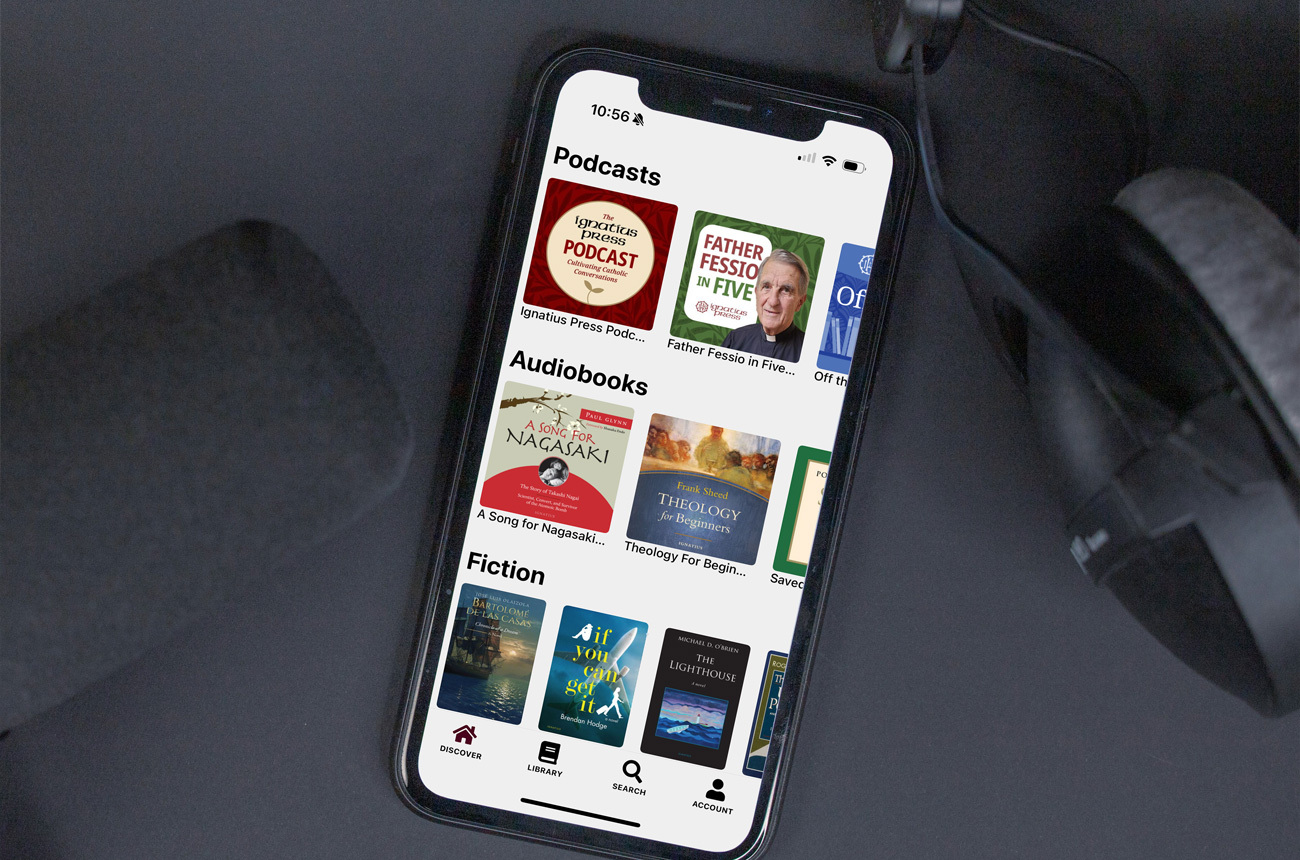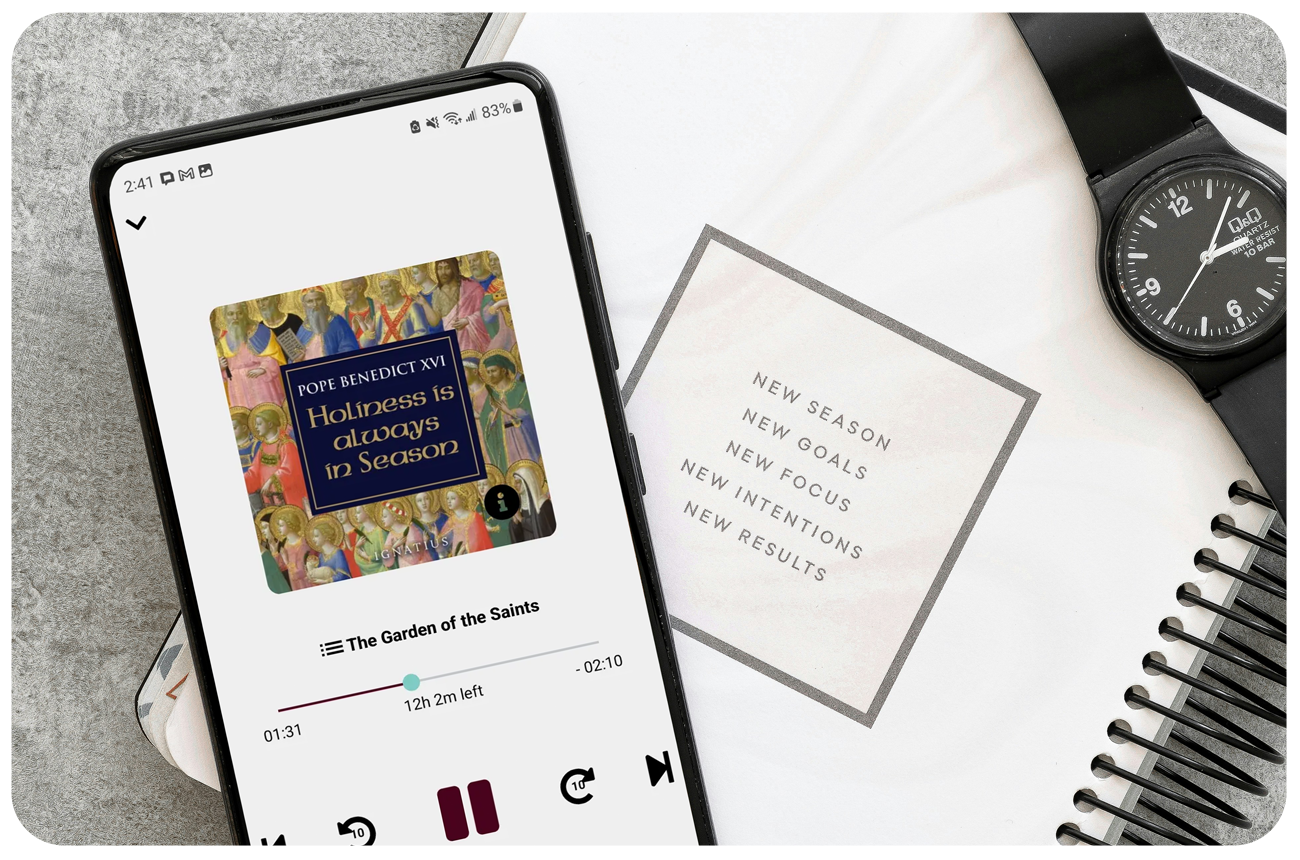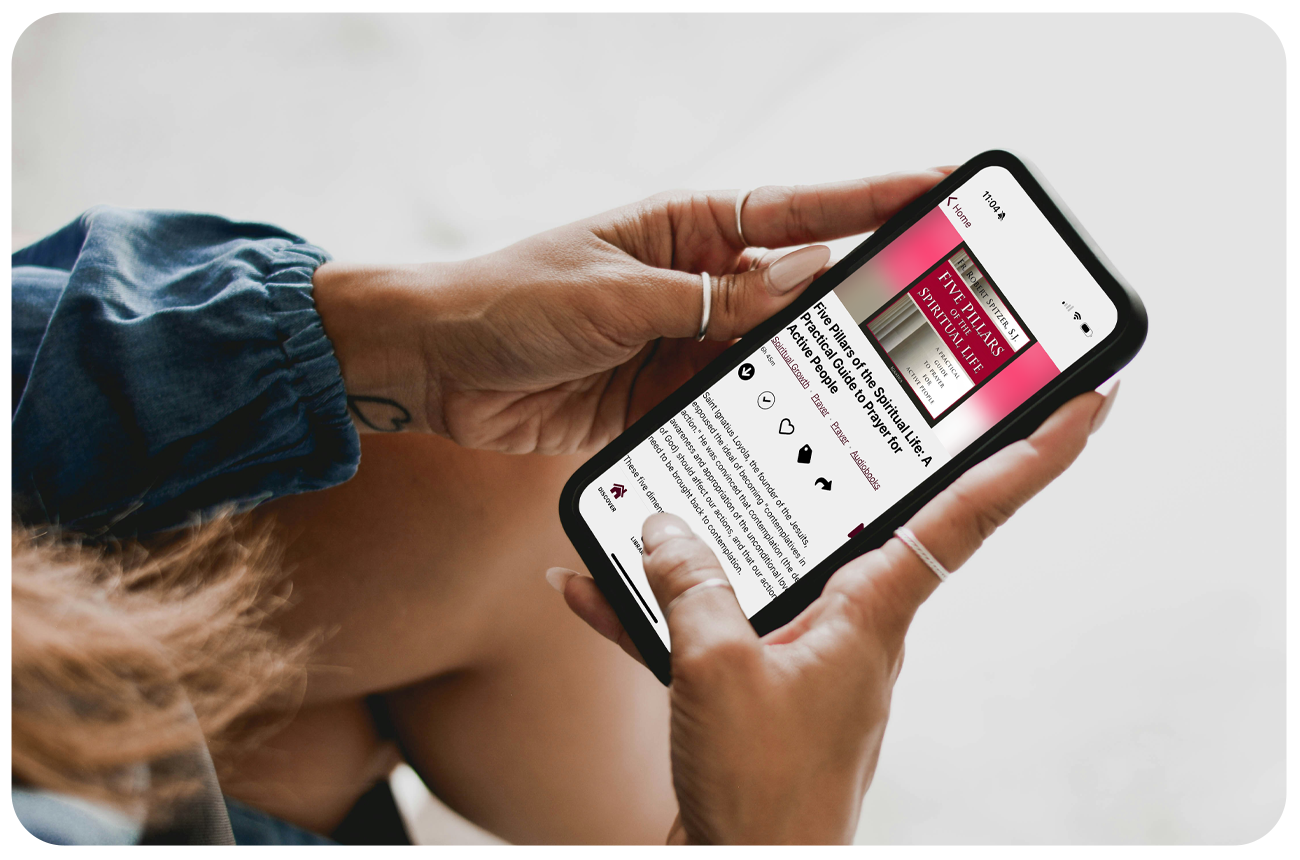
A Beginner’s Guide to Pricing Audiobooks and eBook Content
Article Outline:
- What Creators Typically Charge (and Why It’s Warped)
- The True Value of Your Content
- Five Common Pricing Models
- Which Content Pricing Model Is Best?
- Make the Most of Your Content
You’ve launched your white label app, which means you’re not selling through someone else’s storefront anymore. You are the storefront. Pricing is no longer controlled by Kindle policies or Audible contracts. It’s all up to you.
This can feel liberating. Or overwhelming. Or maybe both.
When Big Tech ran the pricing game, you could play the victim. Less options meant less decisions. Now? You’re in charge. That means no excuses, no blaming the algorithm, and no racing to the bottom because you’re afraid to charge what your content is actually worth.
You’re done asking what’s allowed. It’s time to start asking what’s possible.
Now that you’re free to set your own rules, let’s talk about how to do that profitably. This guide explores the most common pricing models organizations like yours leverage to make the most of their content.

What Creators Typically Charge (and Why It’s Warped)
If you’ve ever felt unsure about pricing your audiobook or eBook, it’s probably because Big Tech has been setting expectations for you. Spoiler alert: they’ve been setting them in their favor, not yours.
Let’s look at the baseline.
eBooks
Most creators price eBooks between $2.99 and $9.99 on Kindle. Not because that’s what the content is worth, but because Amazon punishes you if you don’t.
As of 2024, Amazon’s Kindle Direct Publishing (KDP) gives you 70% royalties only if your book is priced between $2.99 and $9.99. Step outside that range? Your cut drops to 35%.
Oh, and that 70%? It’s not actually 70%. Amazon subtracts delivery fees based on file size, so if you add images or make it interactive, your royalty rate shrinks even more.
So what do most creators do?
They price to fit Amazon’s policy—not the value of the content. Nor the needs of the audience. Just whatever protects the royalty ceiling.
Audiobooks
Audiobook pricing is even murkier because you don’t even get to set the price.
On Audible (via ACX), Amazon controls what your audiobook sells for. Their algorithm sets the price based on runtime and “similar content,” and they don’t let you change it. You could record a 10-hour theological deep dive and still end up priced next to a sleep story app.
And royalty? If you go exclusive with Audible, you get 40%. If you want the freedom to sell elsewhere, that drops to 25%.
That means you make less than $4 per $15 audiobook. And you can’t change that unless you leave the platform entirely.
So why does this matter?
Because when creators start pricing their own content on their own terms, they’re often still anchored to numbers that were never fair to begin with.
You’re not locked into $9.99 anymore. You’re not stuck at a 25% royalty on a product you can’t even price. You’re free to set value based on quality, audience, and purpose—not platform policy.
Stop asking what Audible would charge. Start asking what your content is actually worth.
.png)
The True Value of Your Content
Before you can pick a pricing model, you need to know how much your content is worth.
Here’s the part most creators miss: You’re not pricing files. You’re pricing impact. You’re helping people grow, learn, reconnect with truth, or reframe their lives. You’re delivering outcomes.
So don’t race to the bottom. Don’t try to beat Amazon on price. Beat them where they can’t compete: clarity, access, alignment.
Your audience doesn’t want cheaper. They want better.
And they want it from you, not a faceless mega-corporation.

Five Common Pricing Models
Forget what Audible and Kindle trained you to think. You’ve got better options now. You can use any one of these pricing models or a combination of them to make the most of your content.
1. One-Time Purchase
Set a price. Deliver the product. Done.
This is the cleanest model: Someone buys your audiobook or eBook outright and gets lifetime access. No ongoing commitment.
When it works:
- Your content is standalone (books, devotionals, talks, guides).
- You’re targeting casual or one-time buyers.
- You don’t want to manage tiers or membership structures.
Recommended Price Ranges:
- eBooks: $5–$15
- Audiobooks: $8–$30
How much you charge for eBooks and Audiobooks will vary depending on the content, your audience, and the current marketplace. Do your research and see how similar content is priced across various platforms. Remember that some platforms (e.g., Amazon) incentivize lower pricing, so don’t be afraid to charge more if your content delivers more value.
Also keep in mind that you should price by quality, utility, and impact—not word count. A 60-page guide that solves a problem is worth more than a 300-page ramble that doesn’t.
2. Subscriptions
Recurring revenue + deeper loyalty
Monthly or annual subscriptions let your audience stick around and engage long-term. They’re paying for ongoing value—not just content, but access and trust.
When it works:
- You publish regularly or have a large back catalog.
- Your audience wants ongoing formation or education.
- You’re building a branded content environment you want your audience to visit regularly.
Example tiers:
- $5/month = entry-level content
- $10–$15/month = full library
- $20+/month = premium, early access, or bonus materials
Use Annunciate’s gated access features to make this super simple (no plugins needed).

3. Bundles
Raise the perceived value. Sell more at once.
Bundling content isn’t a gimmick; it’s a smart way to increase your average order value (AOV) without increasing friction.
When it works:
- You have related content that works as a set (e.g., parts 1, 2, 3).
- You want to push higher-value offers without jacking up individual prices.
- You’re offering cross-format content (eBook + audio).
Examples:
- “All 3 audiobooks for $25 (save $10)”
- “Devotional + teaching series + study guide for $80”
- “Audio + eBook + printable companion guide for $18”
You don’t always need discounts to make bundles work. Sometimes just offering three products together can indicate, “This is the full experience.” Suggesting a bundle will also make it clear which products are meant to be experienced together. That way, no one buys a Bible study without knowing there’s a leader’s guide.
Play around with different combinations of products to see what makes sense and what resonates with your audience.
4. Lifetime Unlocks
One payment, unlimited access.
This is your “super fan” offer. The all-in, no-hassle option for the people who want everything you’ve got. Great for organizations with broad libraries or high-trust audiences.
When it works:
- You have a strong relationship with your audience.
- You want to offer an alternative to subscriptions.
- You want cash up front to fund future content.
Price range:
$50–$200, depending on your library and your market.
Don’t underprice this. If someone wants everything, they’re already bought in. Give them one clear, generous option, and let them say yes.
5. Donation-Based Access
Let your audience set the price.
This is the right model when access matters more than revenue, or when your audience wants to give and not just buy.
When it works:
- You’re mission-driven, not profit-driven.
- You don’t want to put up paywalls.
- Your audience has a donor mindset.
Options:
- “Pay what you want” at checkout
- Suggested donations in-app
- Free access with occasional ask prompts
This only works if you’re clear about the why. “This is free because we want everyone to have access. If it’s valuable to you, here’s how to support it.”
It might be worth piloting this model with a few beta users before rolling it out to your full audience to see what size donations you should expect. From there, you can decide if this will be enough to keep the platform running or if you’ll need a different pricing model in order to hit your minimum operating threshold.

So, Which Content Pricing Model Is Best?
That’s the wrong question. The right one is: What models fit your content, your audience, and your goals right now?
You don’t need to pick just one. Annunciate was built so you can truly customize your monetization strategy.
- You can sell a $12 eBook.
- You can offer a $10/month subscription.
- You can bundle and discount.
- You can offer lifetime access to super fans.
- You can let people donate whatever they are able.
We built Annunciate so you could use them all. At the same time. In the same place.
Make the Most of Your Content
Still stuck relying on Big Tech? If you’re reading this article to try and imagine what life could be like when you’re not capped, throttled, or giving up 30–75% just to exist on someone else’s platform… good.
Because the first step toward freedom is envisioning it.
Here’s your next step: Schedule a demo. Let’s talk about how Annunciate gives you the tools to reclaim your pricing, your audience, and your profits.


